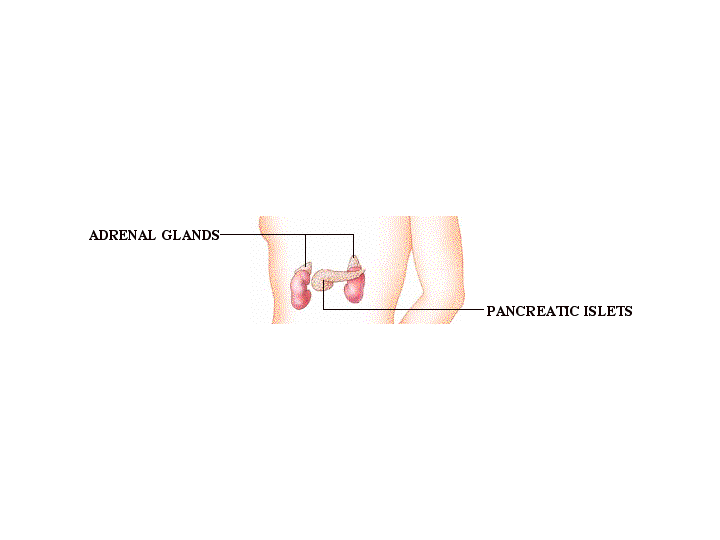

In response to stress, ACTH stimulates the adrenal cortex to synthesize and secrete the steroid hormones, which are collectively known as corticosteroids. The corticosteroids, derived from cholesterol, include glucocorticoids, mineralocorticoids, and cortical sex hormones.
Glucocorticoids, such as cortisol and cortisone, are involved in glucose regulation and protein metabolism, and their presence is important to deal with stress. Glucocorticoids raise blood glucose levels by promoting gluconeogenesis and decrease protein synthesis. They also reduce the body's immunological and inflammatory responses. ACTH from the pituitary induces cortisol production. Elevated cortisol represses ACTH expression and lowers cortisol levels, acting as a feedback loop to maintain relatively constant cortisol levels.
Mineralocorticoids, particularly aldosterone, regulate plasma levels of sodium and potassium, and consequently, the total extracellular water volume. Aldosterone causes active reabsorption of sodium and passive reabsorption of water in the nephron.
The adrenal cortex also secretes small quantities of androgens (male sex hormones) in both males and females. Since, in males, most of the androgens are produced by testes, the physiologic effect of the adrenal androgens is quite small. In females, however, overproduction of the adrenal androgens may have masculinizing effects, such as excessive facial hair.
The secretory cells of the adrenal medulla can be viewed as specialized sympathetic, postganglionic nerve cells that secrete hormones into the circulatory system. This organ produces epinephrine (adrenaline) and norepinephrine (noradrenaline), both of which belong to a class of amino acid-derived compounds called catecholamines.
Epinephrine increases the conversion of glycogen to glucose in liver and muscle tissue, causing a rise in blood glucose levels and an increase in the basal metabolic rate. Both epinephrine and norepinephrine increase the rate and strength of the heartbeat, and dilate and constrict blood vessels. These in turn increase the blood supply to skeletal muscle, the heart, and the brain, while decreasing the blood supply to the kidneys, skin, and digestive tract. These effects are known as the "fight or flight response," and are elicited by sympathetic nervous stimulation in response to stress. Both of these hormones are also neurotransmitters.
This animation (Audio - Important) describes feedback control of cortisol secretion.
This animation (Audio - Important) describes cortisol.